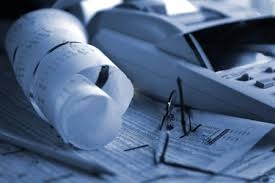
The Financial Accounting Process
The financial accounting process consists of
1. categorizing past transactions and events,
2. measuring selected attributes of those
transactions and events, and
3. recording and summarizing those measurements.
The first step places transactions and events into
categories that reflect their type
or nature. Some of the categories used in financial
accounting include (1) purchases
of inventory (merchandise acquired for resale), (2)
sales of inventory, and (3)
wage
payments to workers.
The next step assigns values to the transactions and
events. The attribute measured
is the fair value of the transaction on the exchange
date. This is usually indicated
by the amount of cash that changes hands. If
equipment is purchased for a $1,000
cash payment, for example, the equipment is valued
at $1,000. The initial valuation is
not subsequently changed. (Some exceptions are
discussed in later chapters.)
This original measurement is called historical cost.
The final step in the process is to record and
meaningfully summarize these measurements.
Summarizing is necessary because, otherwise,
decision makers would be
overwhelmed with an extremely large array of
information. Imagine, for example, that
an analyst is interested in Ford Motor Company’s
sales for 1998. Providing a list of every
sales transaction and its amount would yield unduly
detailed information. Instead, the
financial accounting process summarizes the dollar
value of all sales during a given time
period and this single sales revenue number is
included in the financial statements.

